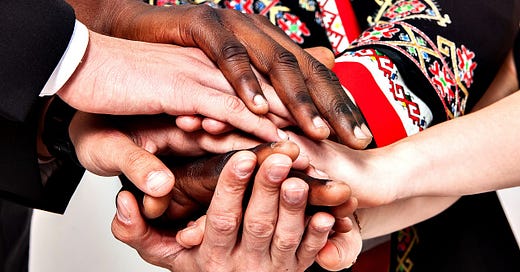A popular TV show depicts a set of twin brothers who remodel houses. They work to build unique “forever homes” which promise to always meet the needs of the family involved. However, with data showing that 10% of Americans move each year, these “forever homes” may not be as permanent as hoped!
Where does God live? In Judeo-Christian history the construction project of a divine house has been delayed, deterred, and disrupted across the centuries. In Psalm 11, ascribed to King David, the Tabernacle, a fancy tent many decades old, is described as the location of God’s presence on earth. The temporary abode was replaced in 957 BCE by Solomon’s magnificent house of stone, bringing fulfillment of the conditional promise of God, to “dwell among the children of Israel.”[1] The secret Holy of Holies housed the living Presence, according to the priests. Four centuries later, armies obliterated the monumental temple and the people who defended it. Other attempts to construct a sacred place would follow, a checkered history of rebuilding, war, desecration, until the destruction of Herod’s great Temple on August 9, 70 CE.
Then God did a new work. The Glory arrived in a barn! This Jesus announced worship must be “in spirit and truth,” and denounced the merchants in Herod’s opulent Temple as creating a ‘den of thieves.” On Pentecost a new flaming Glory burst upon the faithful to shape a new society. These humble believers formed a rebuilt “holy temple in the Lord… a dwelling place for God.[2] No flapping tent, sacred Ark, veils, or bloody altars would be needed. The Glory shone, not in a temple of stone, but in scattered homes, rivers, prisons, and urban markets, spreading from heart to heart like embers exploding from a wildfire.
The rebuilt Notre Dame, National Cathedral, or Thorncrown Chapel inspire worship, of course. Yet, what would life be like if people of faith built vibrant structures of love and faith, mercy and peace, humility and wisdom? Millions have left the institutions that have boxed God inside a cathedral rather than engage with God in the healing of a hurting world. Misplaced theologies hoping for a rebuilt structure on a holy hill are useless. God has erected a holy people throughout the world as ambassadors and provocateurs! They call God by many names, embodying the Divine in each act of love, mercy, and witness beacons, to a dark world of hope and healing to create a forever home, indeed!
[1] 1 Kings 16:13
[2] Ephesians 2:21-22 NRSVUE




